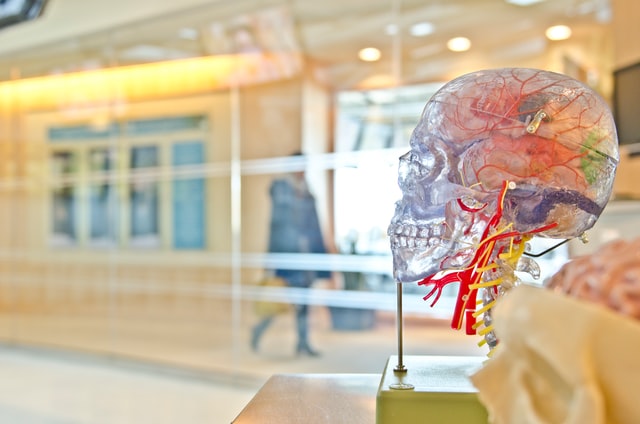Aggregated News

In recent years, scientists have figured out how to grow blobs of hundreds of thousands of live human neurons that look — and act — something like a brain.
These so-called brain organoids have been used to study how brains develop into layers, how they begin to spontaneously make electrical waves and even how that development might change in zero gravity. Now researchers are using these pea-size clusters to explore our evolutionary past.
In a study published on Thursday, a team of scientists describe how a gene likely carried by Neanderthals and our other ancient cousins triggered striking changes in the anatomy and function of brain organoids.
As dramatic as the changes are, the scientists say it’s too soon to know what these changes mean for the evolution of the modern human brain. “It’s more of a proof of concept,” said Katerina Semendeferi, a co-author of the new study and an evolutionary anthropologist at the University of California San Diego.
To build on the findings, she and her co-author, Alysson Muotri, have established the UC San Diego Archealization Center...



